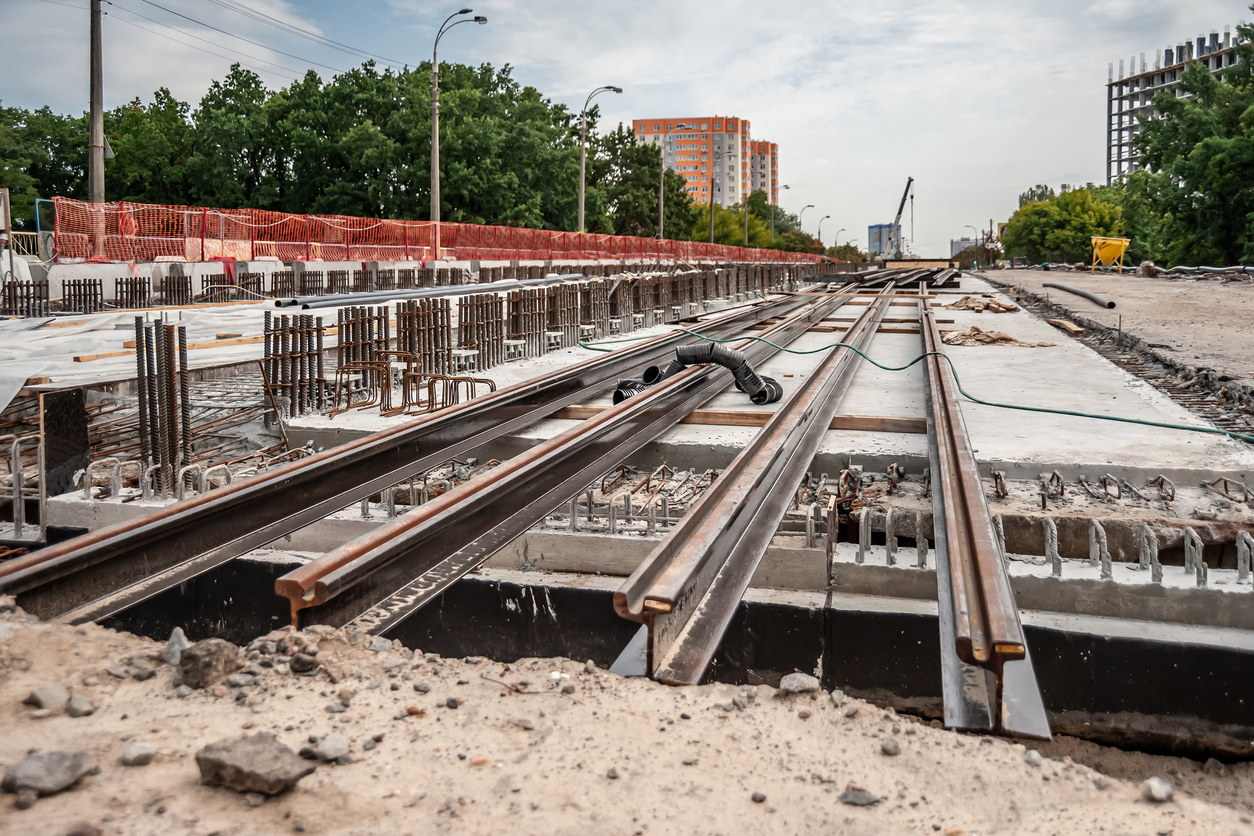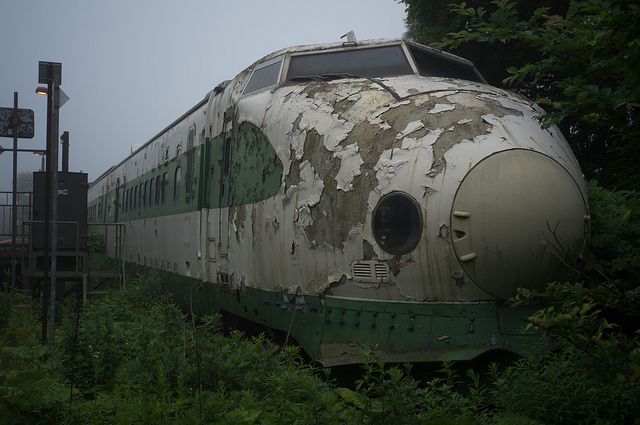Congressional letter to Secretary Chao paints misleading picture of Lynnwood Link

Taking 99.8 million vehicles miles off the corridor per year, as the writers of the letter proudly declare, means Lynnwood Link would take less than one day’s traffic off the road.
The Seattle Times recently highlighted a letter from Puget Sound area Congressional members to US Transportation Secretary Elaine Chao, in which the lawmakers ask for approval of $1.296 billion in federal money that Sound Transit has been expecting for the Lynnwood Link Extension.
Lynnwood Link, a Sound Transit 2 project, is an 8.5 mile stretch of light rail that would run from Northgate to Lynnwood. The project is already “running $500 million over budget and is expected to be finished six months late, in mid-2024.”
In their plea to the Trump Administration for federal money, the Congressional members rely on redundant Sound Transit rhetoric and a few seemingly large numbers to make Lynnwood Link look like a necessary public project.
Most notable is the claim that Lynnwood Link would reduce traffic congestion.
The letter states, “With congestion increasing by 128 percent on the I-5 corridor over the past five years, this project would take 99.8 million vehicle miles travelled off the corridor annually, saving all citizens traveling on I-5 time and money.”
It’s true – public officials have let traffic congestion get worse, but this project, with its enormous price tag, is not a real solution for the majority of people in the region.
Contrary to the rosy picture painted in the congressional letter, Sound Transit’s Final Environmental Impact Statement (FEIS) for Lynnwood Link is at least a little more honest.
In the FEIS, Sound Transit officials state, “freeway congestion and unreliable travel times would still occur,” no matter what light rail route is chosen. Further, Sound Transit officials expect “congestion and unreliability for travelers on I-5 [to] increase through 2040.”
To most people, these findings suggest billions of public dollars would be better spent reducing congestion and increasing reliability for travelers on I-5. To Sound Transit, however, this is all the more reason to continue spending billions on rail. The worse that traffic congestion gets, the more attractive light rail service looks by comparison. The public loses, but Sound Transit (and their bondholders, lawyers, contractors, and hundreds of entities that profit from the agency) wins.
The argument that Lynnwood Link (or any light rail project) will reduce how much people drive falls flat when we look at Sound Transit’s own travel forecasts in the FEIS. Officials project that after spending $3 billion on building light rail to Lynnwood, the amount people drive by the year 2035 would only decrease by 0.28 percent.


This is because there would be 100.6 million vehicle miles travelled in the region per day.
Taking 99.8 million vehicles miles off the corridor per year, as the writers of the letter proudly declare, means Lynnwood Link would take less than one day’s traffic off the road. In other words, if driving on I-5 cost you $1,000 annually in lost time and fuel, Lynnwood Link would only save you $2.80.
Reducing traffic congestion is a laudable goal, but Sound Transit’s own data show that spending tax money on light rail is not an effective way to do that. That is the message that should be communicated to Secretary Chao and federal transportation officials.






